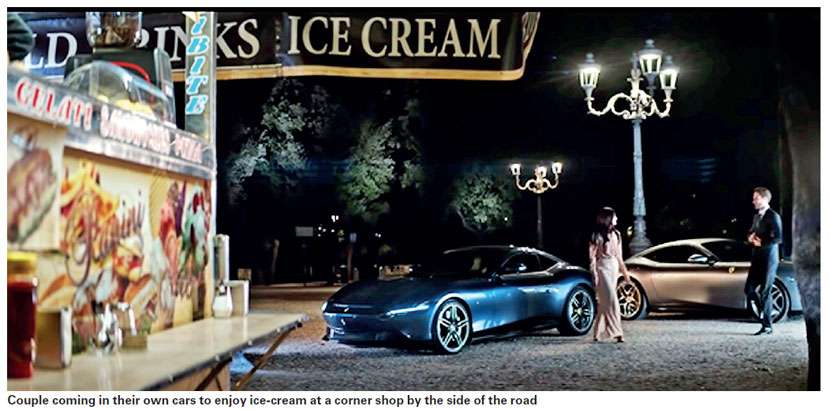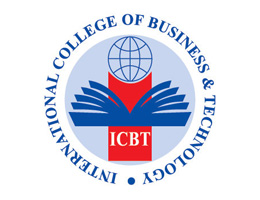The theory of Aspirational Class (The Leisure Class vs the Aspirational Class)
 Marketing and branding learned class and cast from the social science to be used in Marketing and Branding as segmenting, targeting and positioning became the backbone of Marketing from the inception of Marketing as a concept. Needless to mention, Marketing is by and large the summation of three disciplines; Economic, Psychology and Sociology. There are many theories that are developed based on marketing which is fairly a younger discipline as far as Economic, sociology and psychology are concerned. Cast is now an outdated parameter in social classifications as class has come forward surpassing cast in modern-day marketing.
Marketing and branding learned class and cast from the social science to be used in Marketing and Branding as segmenting, targeting and positioning became the backbone of Marketing from the inception of Marketing as a concept. Needless to mention, Marketing is by and large the summation of three disciplines; Economic, Psychology and Sociology. There are many theories that are developed based on marketing which is fairly a younger discipline as far as Economic, sociology and psychology are concerned. Cast is now an outdated parameter in social classifications as class has come forward surpassing cast in modern-day marketing.
Cast -based social system is dying a natural death while classbased social systems are emerging in the society. In this backdrop, it is interesting to compare the leisure class and the aspirational class and how the true leisure class fighting the battle in maintaining their status through a newly developed strategy. This article is about how the affluent class or the leisure class trying to protect the boundaries of their territory which is slowly encroached by the aspirational class. The affluent class or the leisure class used to enjoy the benefits of their inherent wealth for centuries until the down of the 21st century where information and knowledge surpassed the power of cast and wealth.
What one was endowed with no longer could decide who is going to be what, instead; a new upper middle class grew while the leisure class was losing their battle. The boundary between the new upper middle class and the leisure class was a thin line which was not properly demarcated. The beginning of the 21st century, conspicuous consumption becomes more democratic. In other words, due to the mass-production economy, luxury goods have become significantly more accessible. The abundance of leisure no longer indicates a higher status. As a result, the leisure class is substituted by the aspirational class, whose members reveal their position through cultural signifiers and value systems.

Elizabeth Currid-Halkett examines the nationally representative Consumer Expenditure Survey from 1996 to 2014 (covering 35 000 American households per year). In addition, she draws on 15 interviews to explore Americans’ consumer practices in greater depth in her book titled; The Sum of Small Things: A Theory of the Aspirational Class. Today, material goods have become more affordable for people from all walks of life. Therefore, income level and luxury goods possession are no longer signs of high social status. The author asserts that the aspirational class is a new dominant cultural elite that reveals its class position through cultural signifiers that convey their acquisition of knowledge and value system. Elizabeth divides the concept of consumption into two types: conspicuous and inconspicuous consumption.
Conspicuous consumption is the use of goods through which social status is revealed. In the statistical analysis, conspicuous consumption as a concept is empirically made up of 19 expenditure categories, each of which consists of a specific set of variables. According to Veblen’s theory, this type of consumption was typical for the leisure class — “a wealthy and idle group who vainly and incessantly demonstrated their social and economic position through material goods, many of which were useless items”. The categories are Food beverage away from home, Alcoholic beverage away from home, Household textiles, Furniture, Refrigerator and oven, Housewares, Household miscellaneous, Men’s/women’s/boy’s/girl’s/infant clothing (5 separate categories), footwear, watches, jewellery, and luggage, vehicle, TV and audio, boat and motors, personal care products, and funeral.
This classification is valid in the Sri Lankan context too where people try to differentiate themselves from a normal funeral parlor to newly launched Respect and buying of choppers to yachts, expensive single malt whisky, imported furniture, four-door refrigerators and specially clothing, accessories and watches. Even though certain medical services, educational services, air travel services etc are considered conspicuous in the local context, Elizabeth has considered them as inconspicuous consumptions in the context of the United States of America. Theory of the Leisure Class was first published in 1889 by Veblen expressing the relationship between the social status and the consumption of certain categories of goods and services. In this work, Veblen first mentions the phenomenon of conspicuous consumption—the practice of purchasing goods or services to publicly display wealth rather than to cover basic needs.
According to classical economic theory, the upper bourgeoisie may seem to behave irrationally. From one perspective, the elite neglects the principle of utility maximisation and expenditure minimisation and follows wasteful consumption patterns. From another perspective, the actions of the upper class are quite reasonable as luxurious goods and fashionable activities confirm and strengthen their position in the social hierarchy. The lower classes of society also follow certain models of consumer behaviour, copying the upper classes’ conspicuous consumption to maintain their position in the social hierarchy.

Elites have traditionally demonstrated superiority by flaunting their wealth through luxurious items they can afford. Not long ago, wearing a Rolex watch and owning knockoff Gucci and Hermès handbags used to indicate the high social position of a person. However, Elizabeth examines how nowadays the affirmation of status is undergoing a dramatic transformation. She claims that the signs of social status have become more inconspicuous and that material goods are no longer a clear signal of social position.
The leisure class, as a wealthy and idle group who demonstrated their social and economic position through material goods, are being replaced by self-conscious aspirational class representatives. As well as conspicuous consumption, which tends to be superseded by inconspicuous consumption as the result of the accessibility of material consumption and the rising value of investing in education, retirement, healthcare, etc., Elizabeth defines the aspirational class as a group of individuals who reveal their class position through cultural signifiers that convey their acquisition of knowledge and value systems.









































.jpg)
.jpg)
.jpg)
.jpg)

.jpg)
